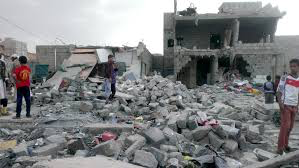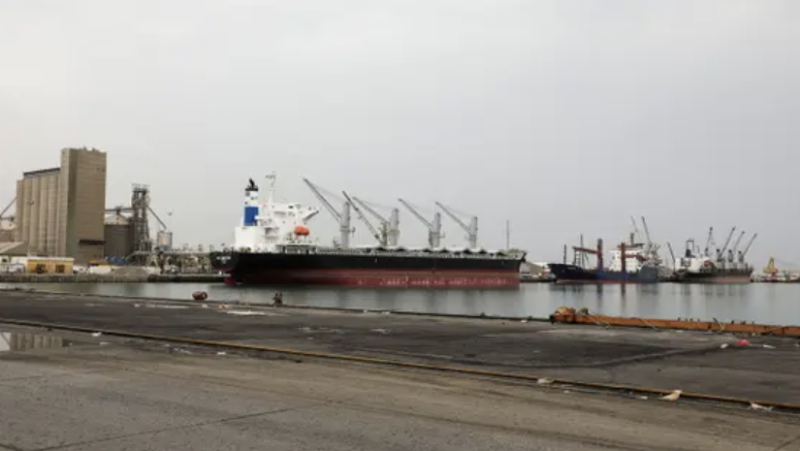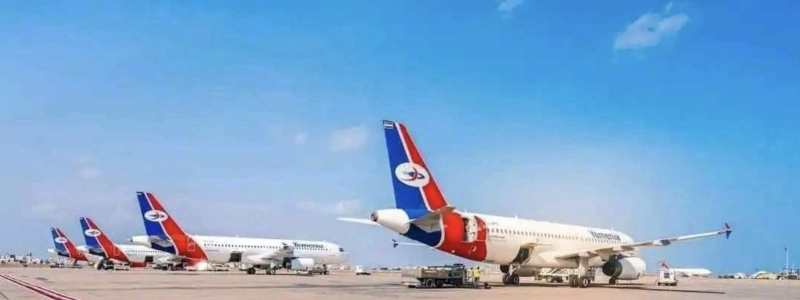IOM Yemen Quarterly Migration Overview (April - June 2021)


HORN OF AFRICA-YEMEN MIGRATION TRENDS IN 2021
With the recent loosening of restrictions on international movements, migrant arrivals into Yemen have started to show a slow increase, although the overall numbers remain low compared to pre-pandemic years. The International Organization for Migration (IOM) estimates that 4,876 migrants arrived in Yemen during the period, compared to 3,669 in the same period in 2020, 47,269 migrants in 2019 and 31,644 migrants in 2018. Irregular migrants are often traveling to Yemen via boat, from Somalia or Djibouti. This journey is dangerous, and incidents of capsizing boats are frequently reported. On 14 June 2021, media reported a boat originating from Djibouti sunk with upwards of 200 Ethiopian migrants in the Bab-alMandab strait. Although the number of victims could not be confirmed, IOM’s Mobile Medical Teams (MMTs) recovered at least one body and local fishermen reported the recovery and burial of over 30 victims.
For over a year now, IOM and partners have been responding to larger groups of stranded migrants in what were traditionally transit hubs, mainly because controls along the border with the Kingdom of Saudi Arabia (KSA) are much stricter, and the conflict has disrupted internal flows. As a result, IOM estimates that more than 32,000 migrants are stranded in these major urban hubs (in Aden, Ma’rib, Shabwa, Al Bayda, Sana’a and Sa’dah governorates). A majority are living in dire conditions with extremely limited-to-no access to essential services such as shelter, food, water and health care. Women and children in particular face significant risks, being held in smugglers yards and dens across the country and subject to physical violence and abuses. Others attempt to continue to the north towards exit points in the Sa’dah governorate and face increased risk of arrest and transfer to the south. In Ma’rib, for example, IOM estimates that around 650 migrants arrived during this quarter; the majority are coming through Shabwah. Of the arrivals, an estimated 200 are women who, while in prolonged detention by smugglers, reportedly faced at least one form of gender-based violence and increased levels of extortion. The total number of migrants currently stranded in the governorate fluctuates between 4,000 to 5,000, as some migrants leave in attempt to cross the border
In the aftermath of the 7 March fire incident at the Immigration Passport and Nationalization Agency (IPNA) holding facility in Sana’a, IOM has continued to provide community-based support to survivors including medical, non-food and food assistance. IOM is advocating for closure of the facility, limitations on use of detention and halt forced transfers. Further humanitarian actors are appealing for restrictions on humanitarian responses to migrants to be lifted to allow comprehensive assistance to be provided, including independent support for voluntary humanitarian return.
As migrants in Yemen continue to face multifaceted issues around arrest, detention, forced movements across frontlines, abuse by smugglers and significant barriers to access to life sustaining services, IOM continues to prioritize voluntary return solutions for those who wish to return home. In April 2021, IOM was able to successfully negotiate a process for registering 900 extremely vulnerable individuals from Sana’a with the authorities and in close coordination with the Government of Ethiopia (GoE). By the end of the month, 192 Ethiopian nationals were registered. . Despite the challenges, IOM continues to work with relevant authorities to ensure that a return flight takes place in the next quarter, marking a significant step to alleviating needs of migrants who have been stranded. In Aden, three VHR flights have taken place this year, and over 8,600 migrants have been registered for future flights. A delegation of officials from the Government of Ethiopia are scheduled to travel to Aden to conduct a new nationality verification exercise for registered migrants. . Once travel documents are issued, IOM will make necessary arrangements to ensure safe return of VHR applicants and post arrival assistance in coordination with IOM in Ethiopia.
In the meantime, the Cash for Work (CfW) programme for 1,200 migrants in Aden – initiated in November 2020 to support migrants who awaited VHR – has continued to provide a means for migrants to earn a living. IOM is also providing emergency assistance (water, food, non-food and health assistance) to migrants who move along migratory routes between Lahj and Aden, working also with partners to cover areas in Shabwah and Al Bayda. In response to the growing migrant population in Aden, Ma’rib and Lahj, IOM is deploying additional mobile teams to provide emergency aid and health assistance.

Paris — The French humanitarian organization Acted announced that it has delivered cash assistance to nearly 89,000 people affected by displa…

Sana’a — Fuel and food imports into ports under the control of Yemen’s Houthi movement on the Red Sea have continued to fall for…

ADEN — Yemen Airways, the country’s national carrier, announced it will resume flights between Aden and Abu Dhabi beginning in January…